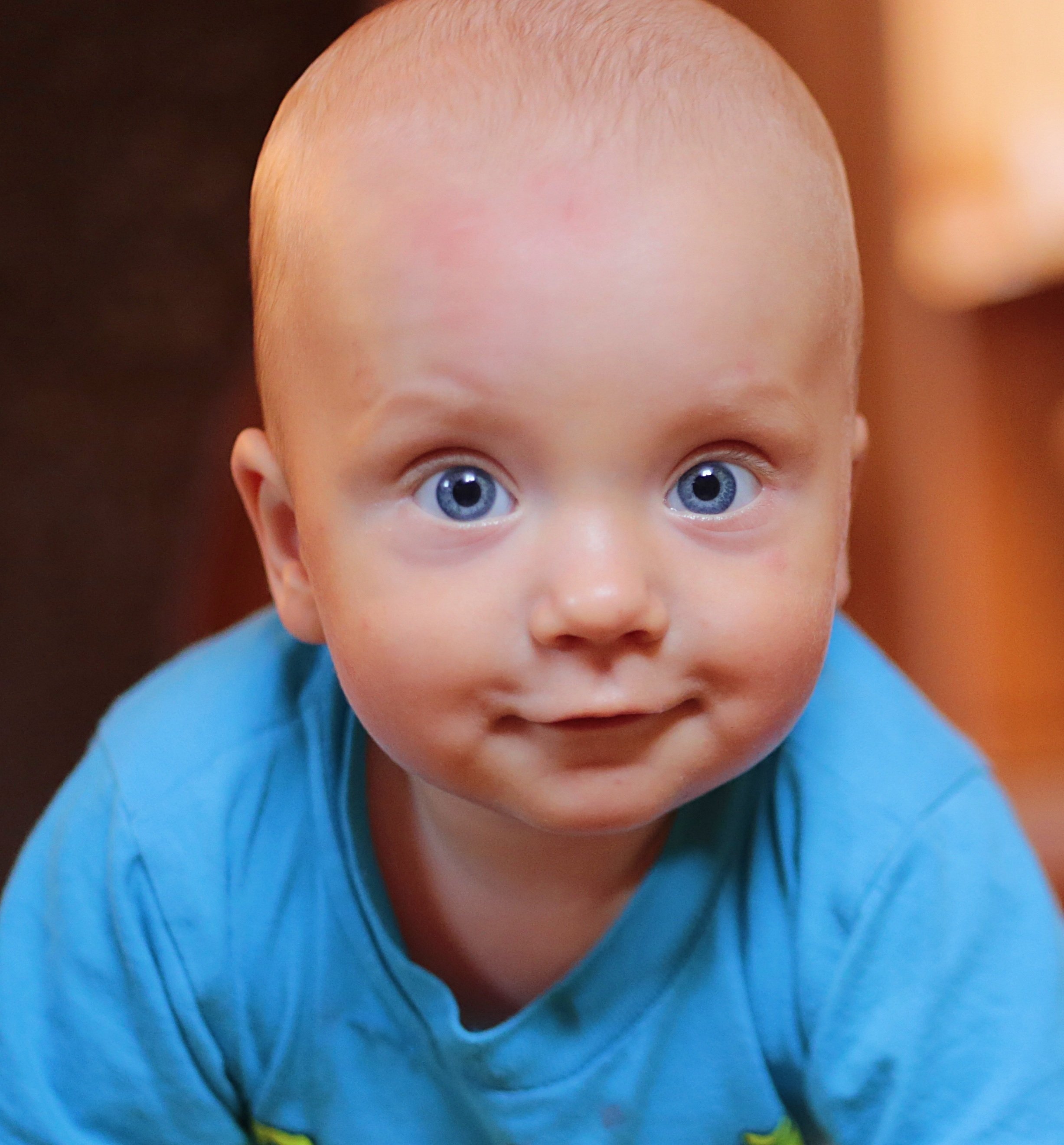by Holly Hartman
When a child is born, we might notice their tiny hands and feet or cute little noses. But the truly remarkable part of a newborn baby is inside their head, where we can’t see all the amazing development that is taking place. The Zero to Three organization provides parenting information and tips, and they recently shared a fascinating look inside a baby’s brain, here. Some of their findings include:
·A baby’s brain is a quarter of the size of an adult brain, but it doubles in size in the first year of life. With all that growth, 60% of baby’s energy goes to developing the brain.
A two-year-old has 50% more synapses than an adult brain, even though it is much smaller.
A three-year-old’s brain is twice as active as an adult brain. (We know this is especially true when you are trying to get them to go to sleep.)
Brain development continues until around the age of 25.
By watching patterns in a child’s brain activity, scientists can tell if a child has been through trauma or negative experiences. When a young chld’s brain has been traumatized or exposed to neglect, it is important to restore safe, trusted relationships with adults to help it heal.
Zero to Three has the following advice for caregivers of babies and their amazing brains:
·Talking to babies frequently can result in quicker learning and speech development — babies who are frequently talked to know around 300 more words by age 2 than others.
Babies decipher what they should pay attention to (or not) by following their caregiver’s gaze.
Physical touch and affection are essential to helping a baby’s brain development, as it releases growth hormones.
The most important way to build brain growth is through “serve and return” interaction with babies and toddlers, which means getting to know them and interacting with them through back-and-forth conversation, expressions, and play.
Babies don’t just love peek-a-boo — they are mastering a new skill through brain development.
Toddler brains thrive on questions and problem-solving. Ask questions of 24-36-month olds such as “Why do dogs bark?”
To learn more about how to support healthy brain development during the most important first three years of life, explore the Zero to Three website or talk to your pediatrician or Healthy Steps specialist.

